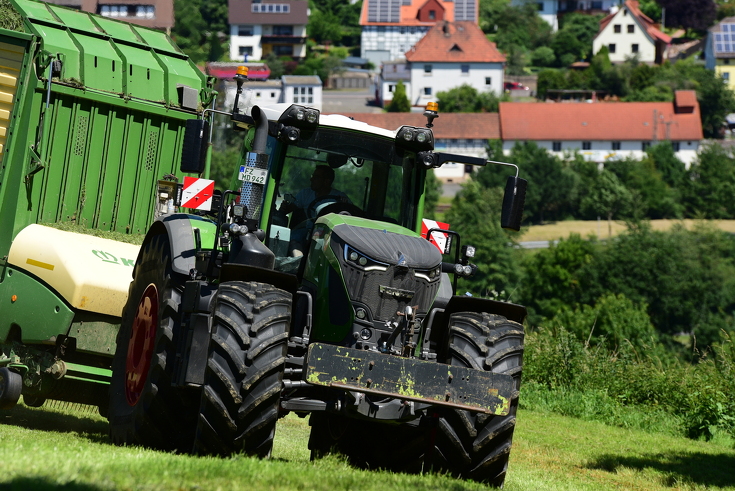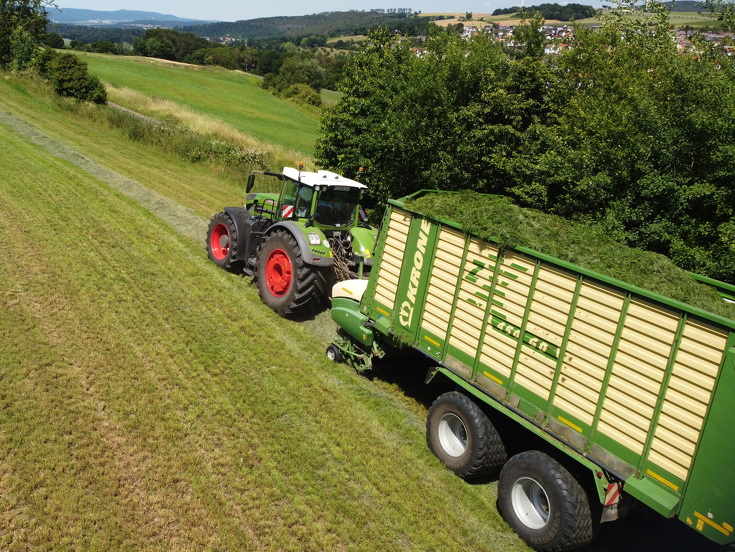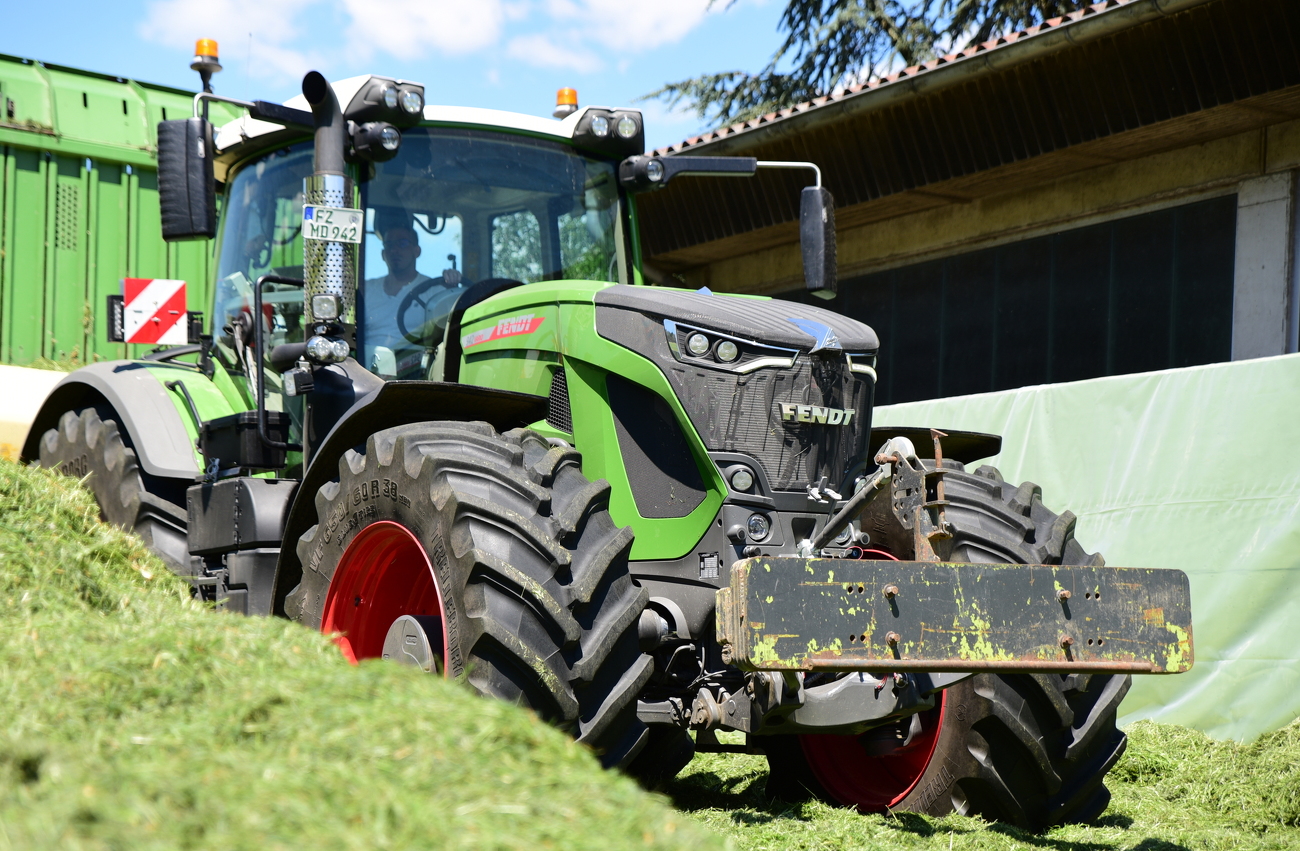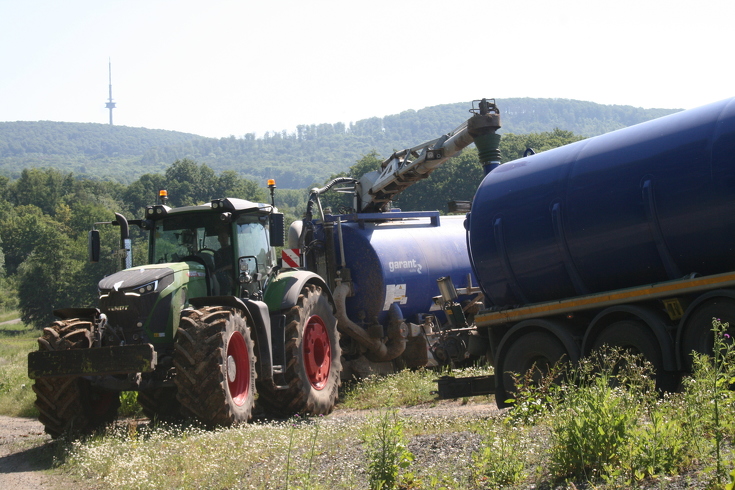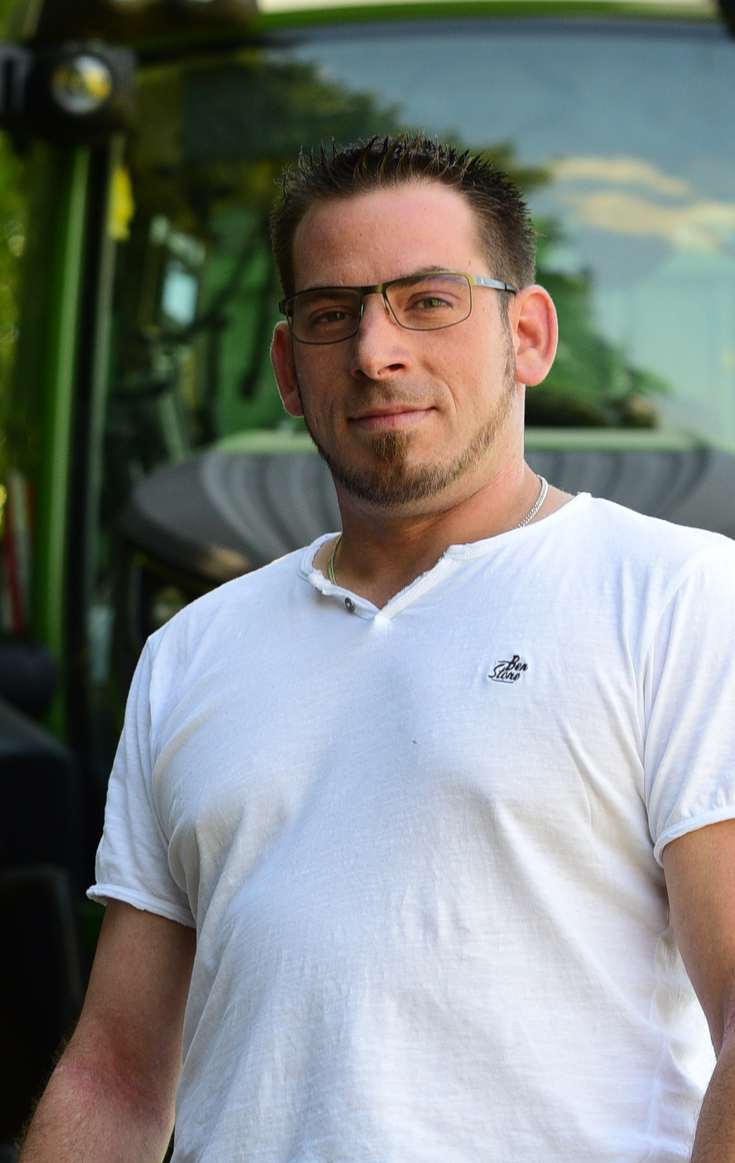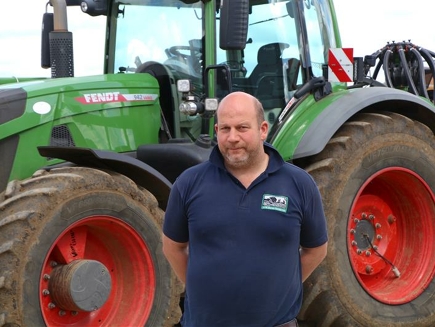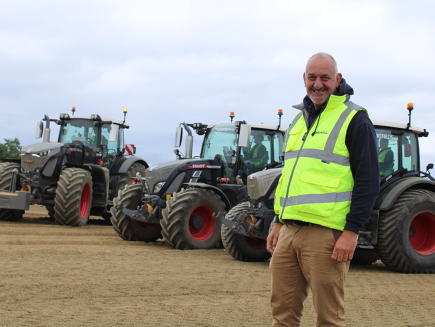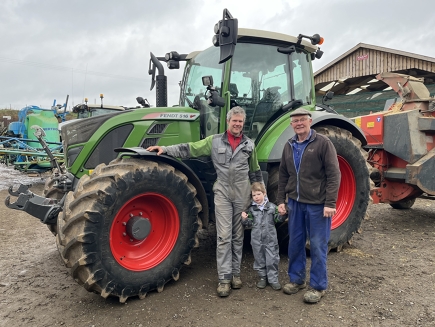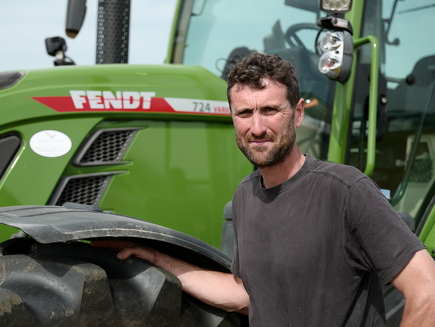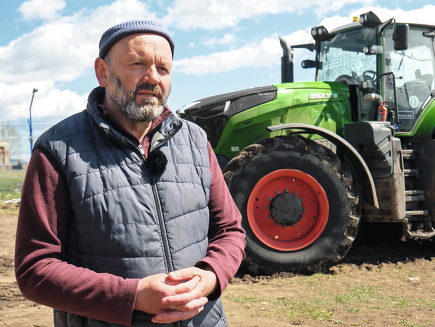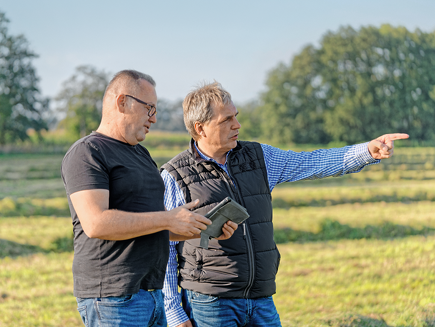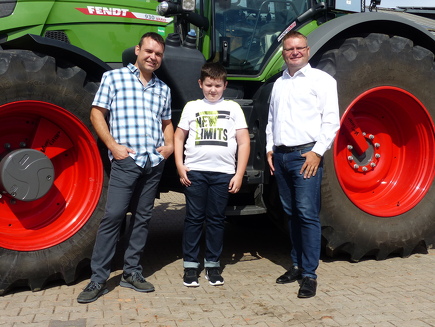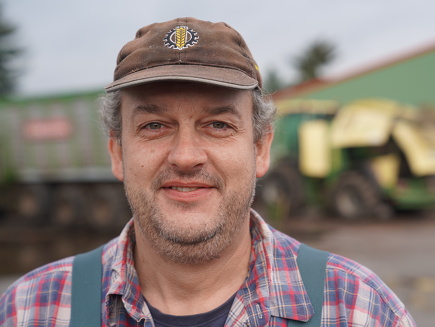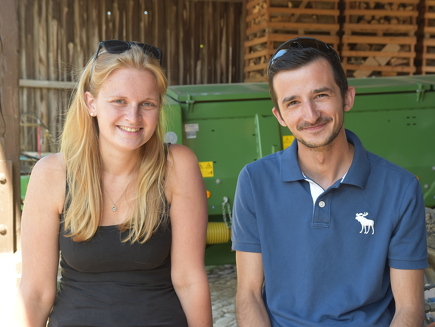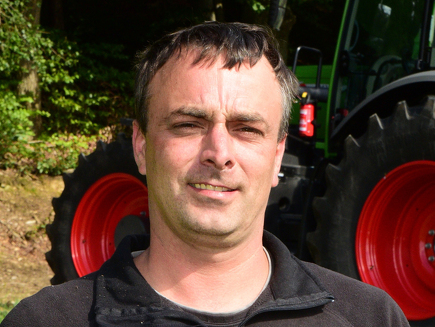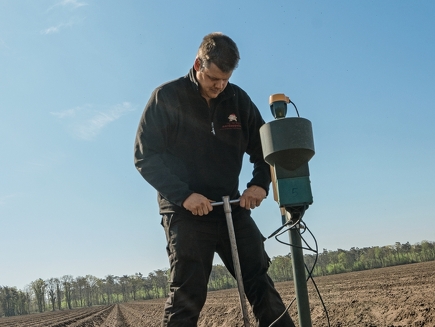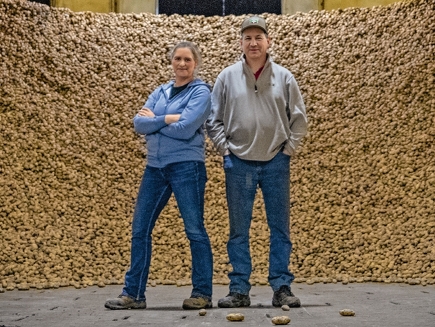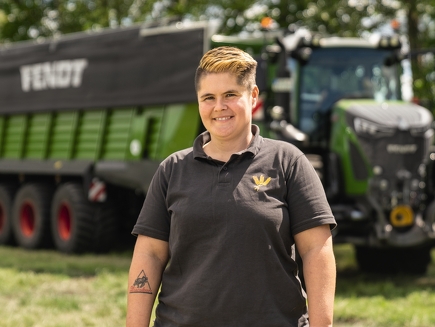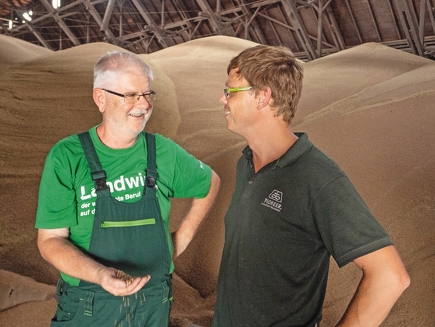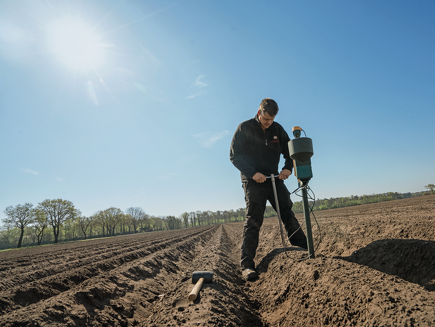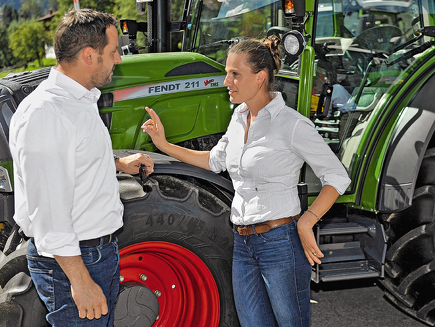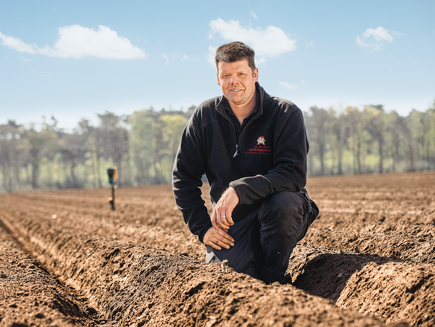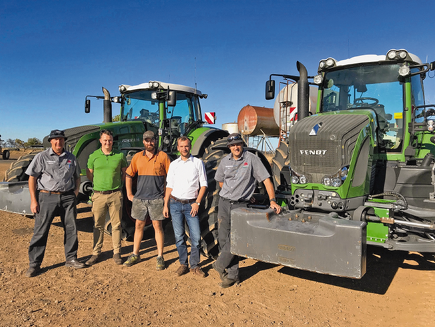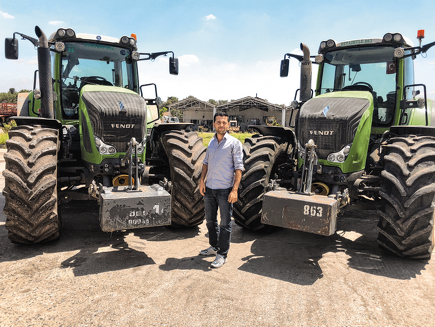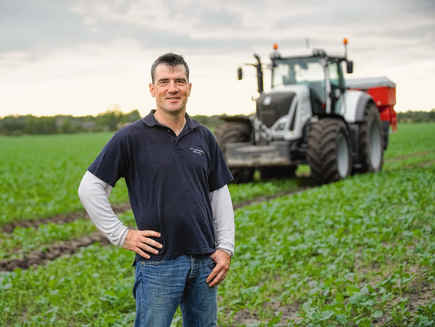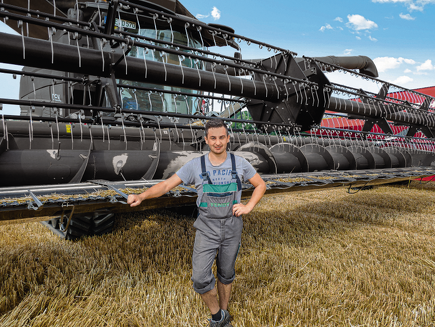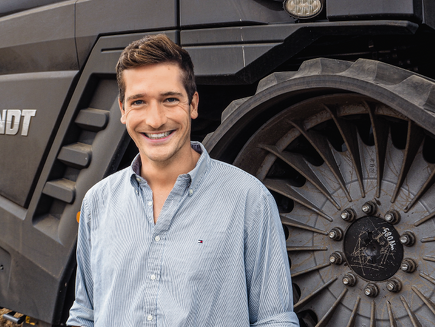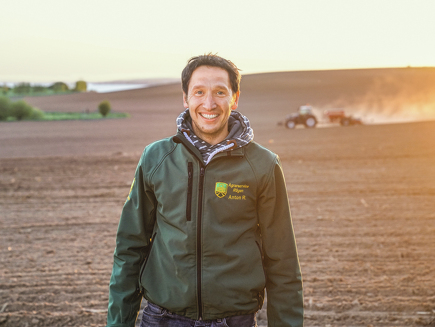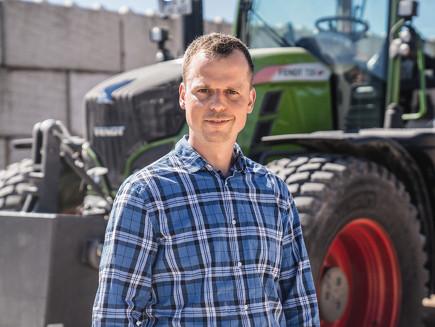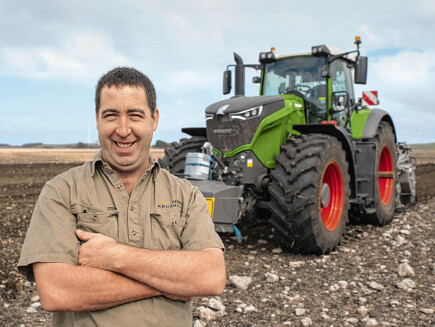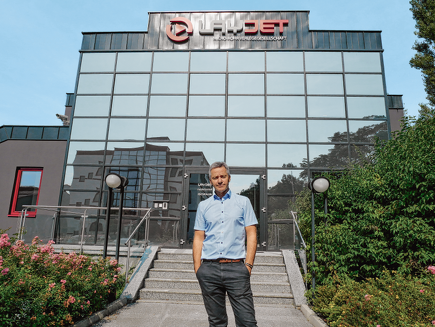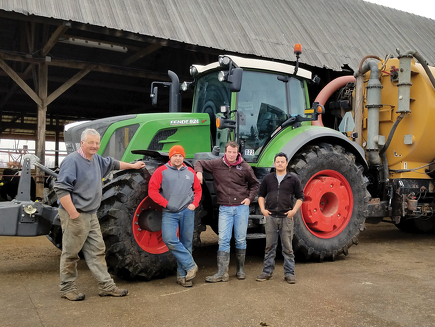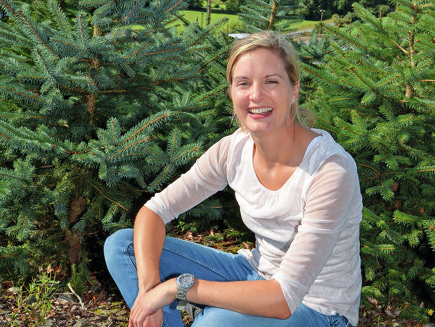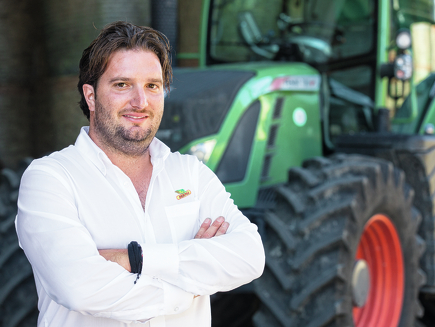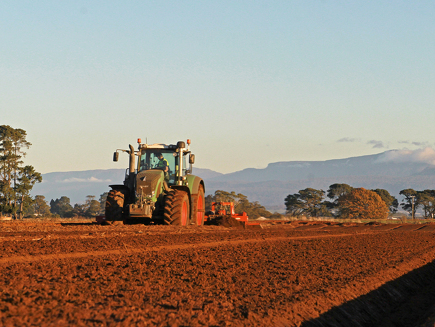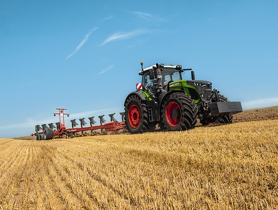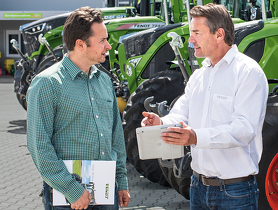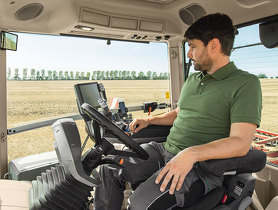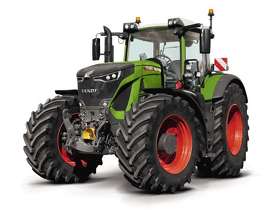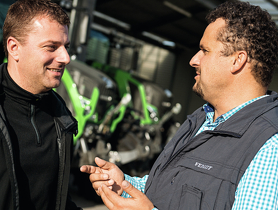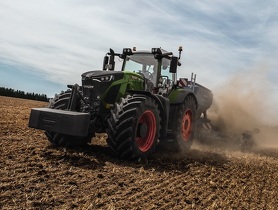The new Fendt 942 Vario pulls the loader wagon and slurry tanker at Döring's contracting company for around 1,200 hours a year. For Marcel Döring, one thing is particularly important: the reliability of the technology. We are on the road in Hesse. About 20 km southwest of the city limits of Kassel is where the Döring agricultural contractor is based in Werkel, a town with 800 inhabitants. The sat nav guides me through winding alleys, and right in the village center I have reached my destination. "The access road to our company is not easy. Particularly during harvest time, we need to be very sensitive, because we don't want to offend the neighbors. That's why we leave the machines with the customers if possible, or park them at night on the outskirts of the village," explains LU Marcel Döring by way of greeting. In general, you see a lot of large machines and trucks on the company premises - tractors, on the other hand, are scarce. "For our service portfolio, which includes transport, combine threshing, beet harvesting, corn chopping, slurry spreading and green fodder harvesting, we only need two tractors: the new Fendt 942, among others, since the beginning of 2020." On the day of our visit, grass silage harvesting is on the agenda at LU Marcel Döring, where both tractors with loader wagons are in use. Customers in this service segment range from 50-cow farms to 350-cow farms, with areas from 1 ha to 20 ha. Structural change has picked up speed again and many smaller farms are currently giving up production, he knows to report: "However, the areas do not go out of production, but continue to be farmed by the remaining farmers." However, he cannot see a trend towards more self-mechanization even among his large customers: "At least, when it comes to harvesting equipment, such as choppers or even loader wagons, they are holding back. Even loader wagons are so expensive today that it hardly makes sense to use them on individual farms. After all, a loader wagon is often not enough, because in grass silage harvesting, clout is what counts if quality forage is to be produced."

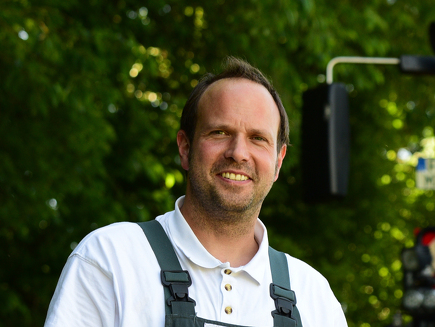
This year, we achieved daily outputs of over 1,000 m3 with our new draught horse, which is quite astonishing under the conditions prevailing here.


This year, we achieved daily outputs of over 1,000 m3 with our new draught horse, which is quite astonishing under the conditions prevailing here.

